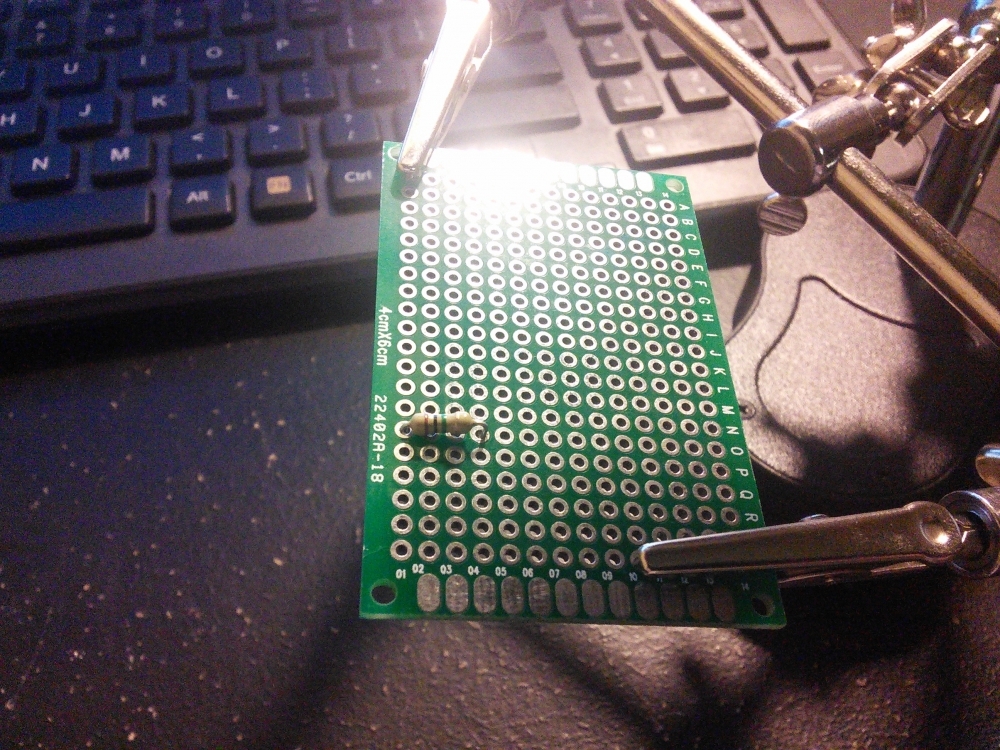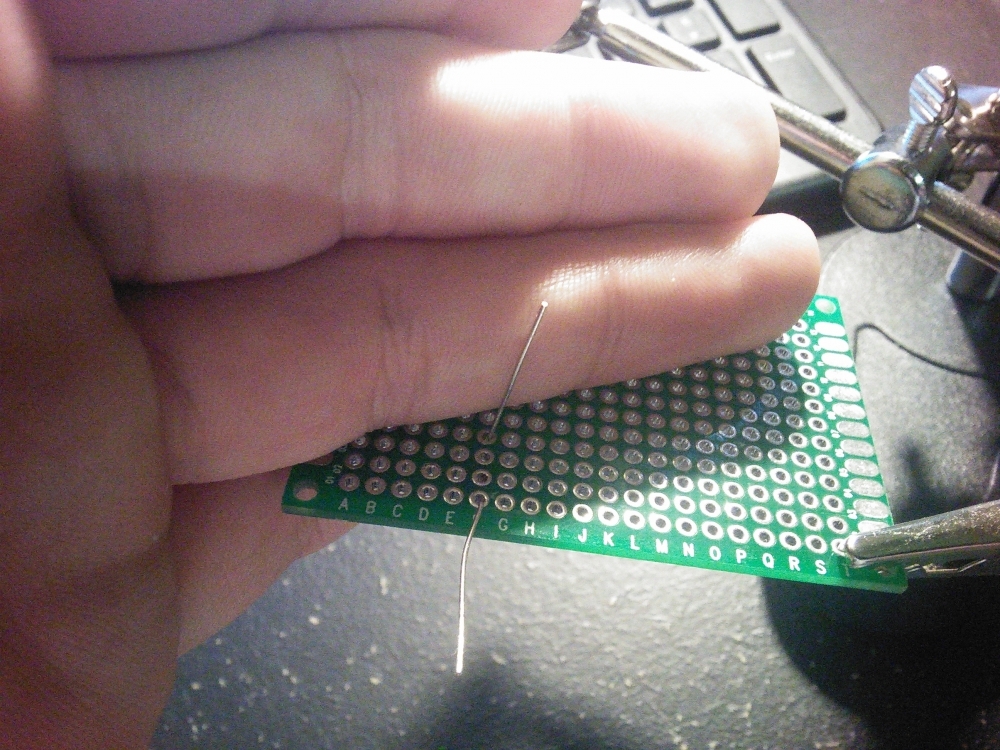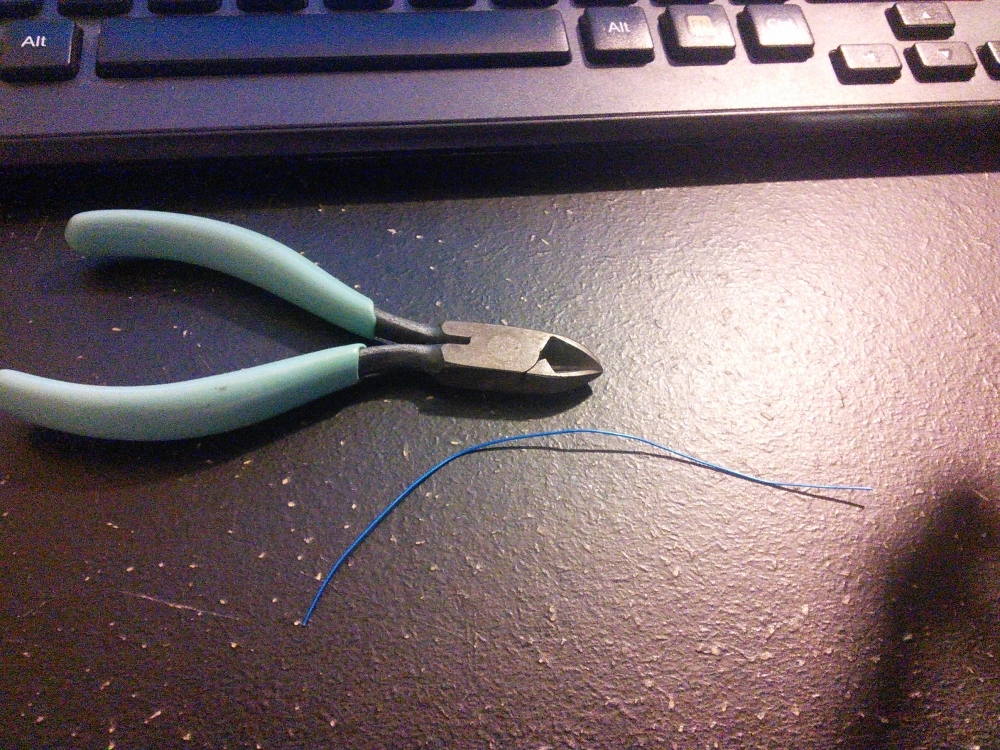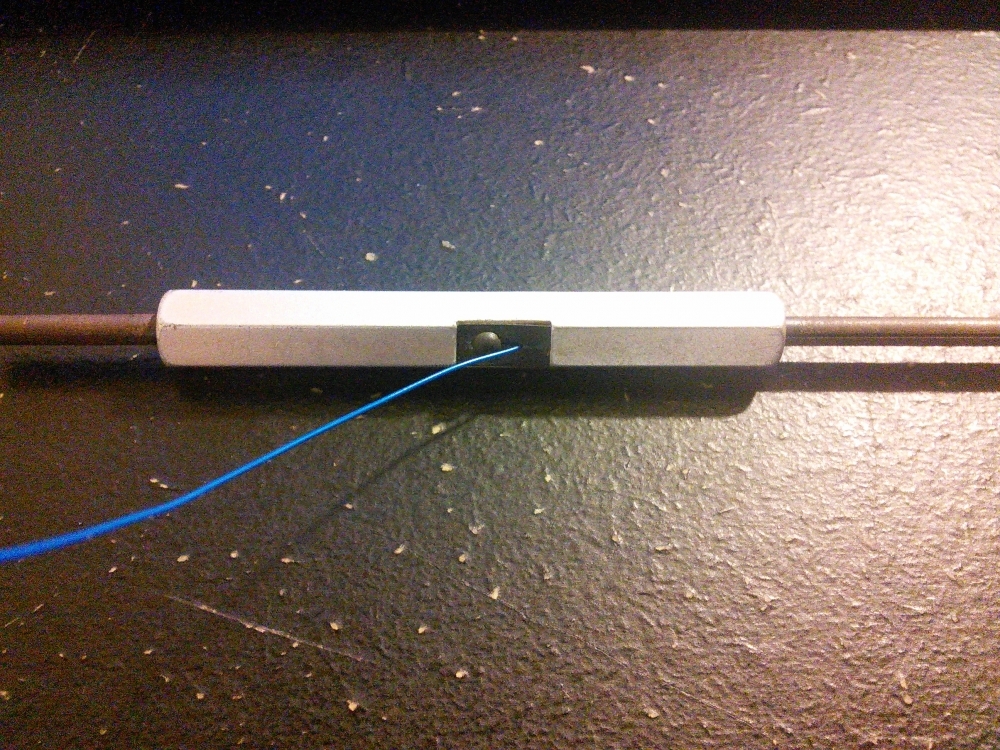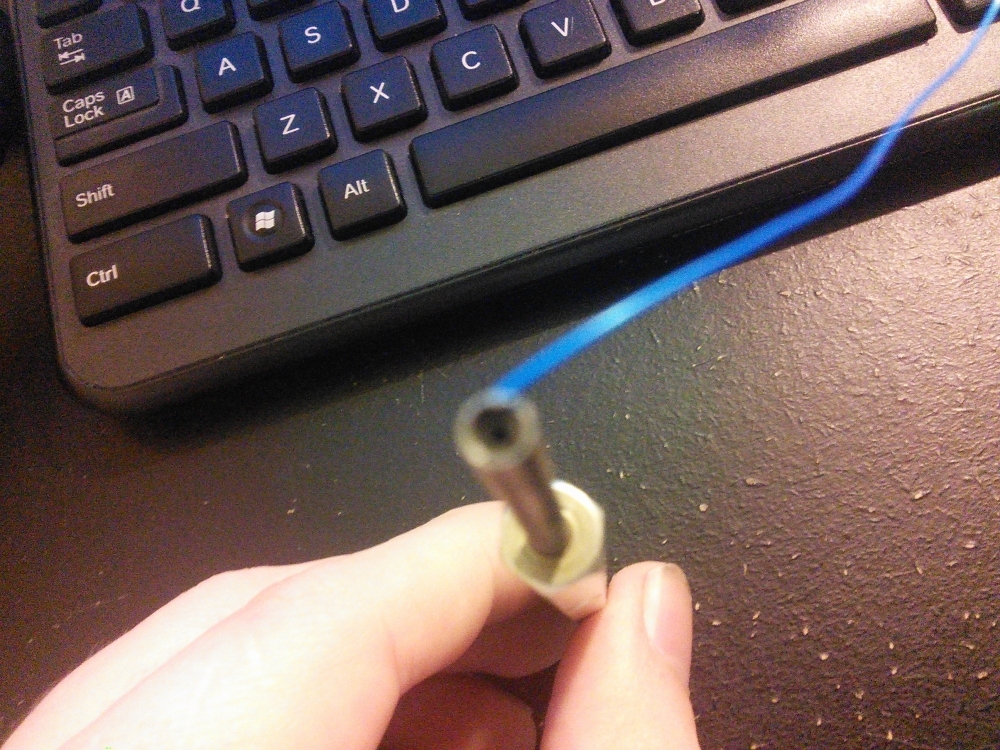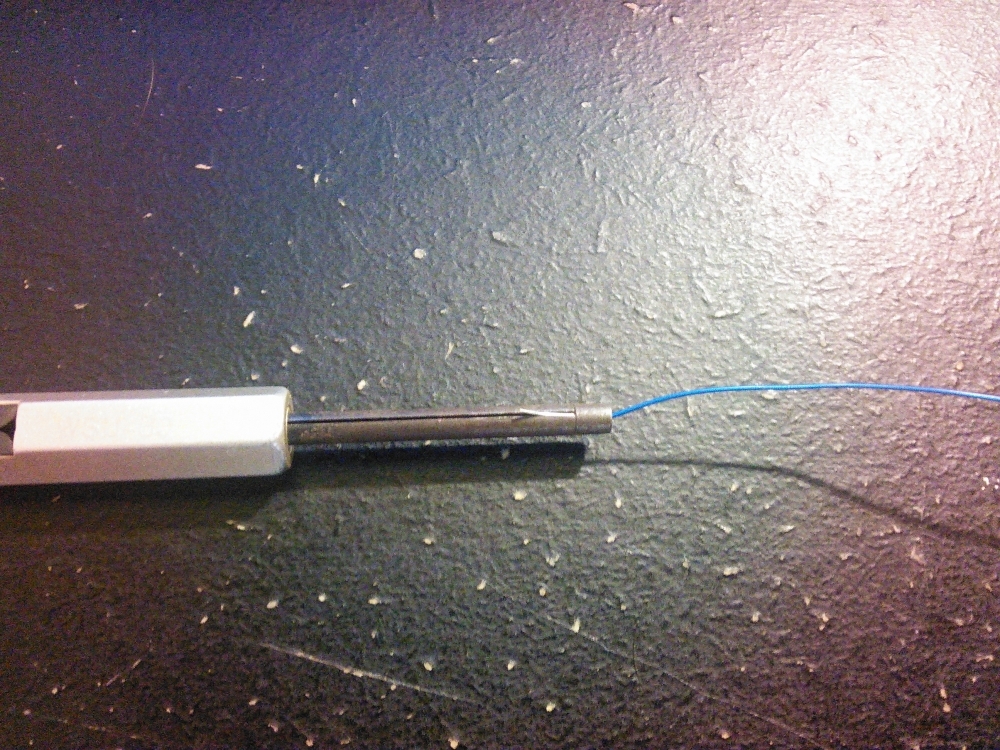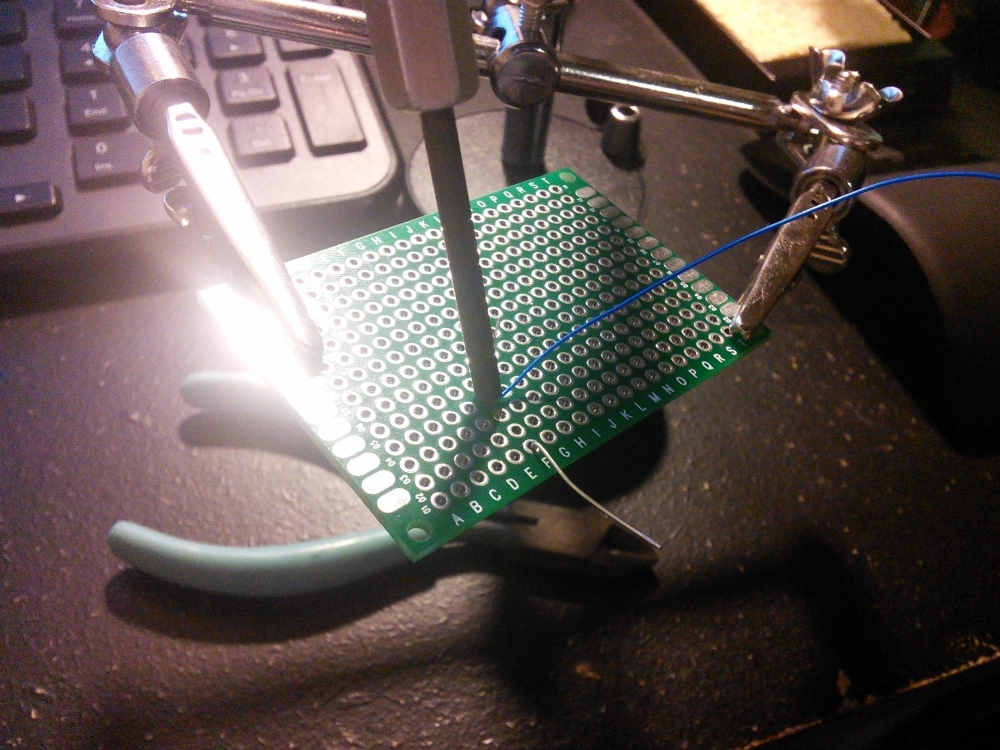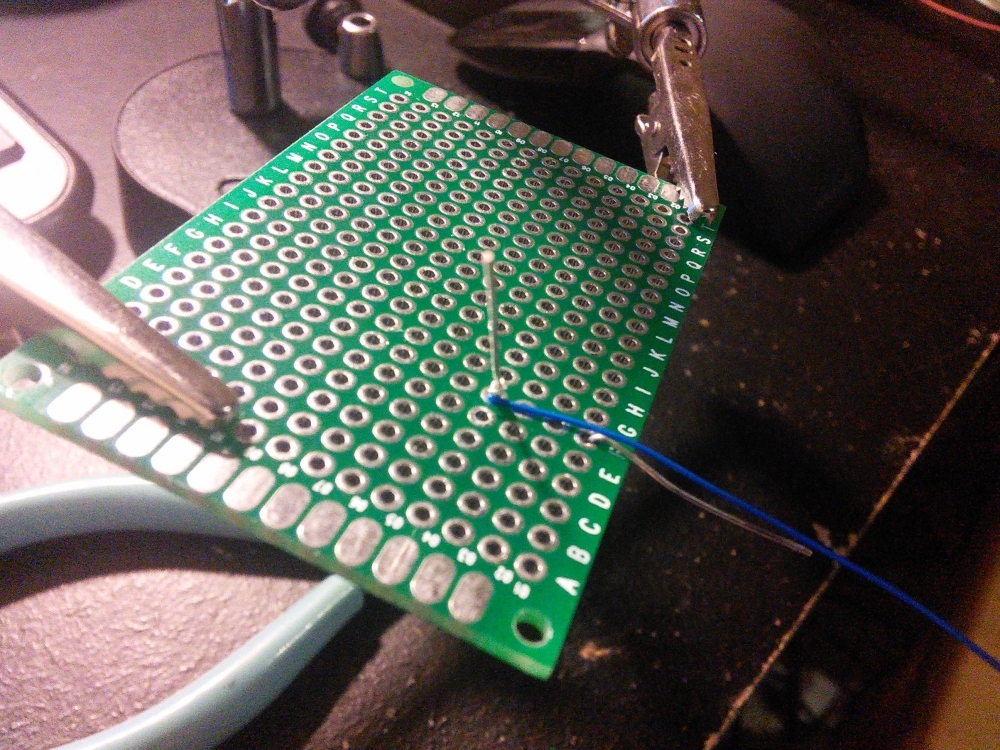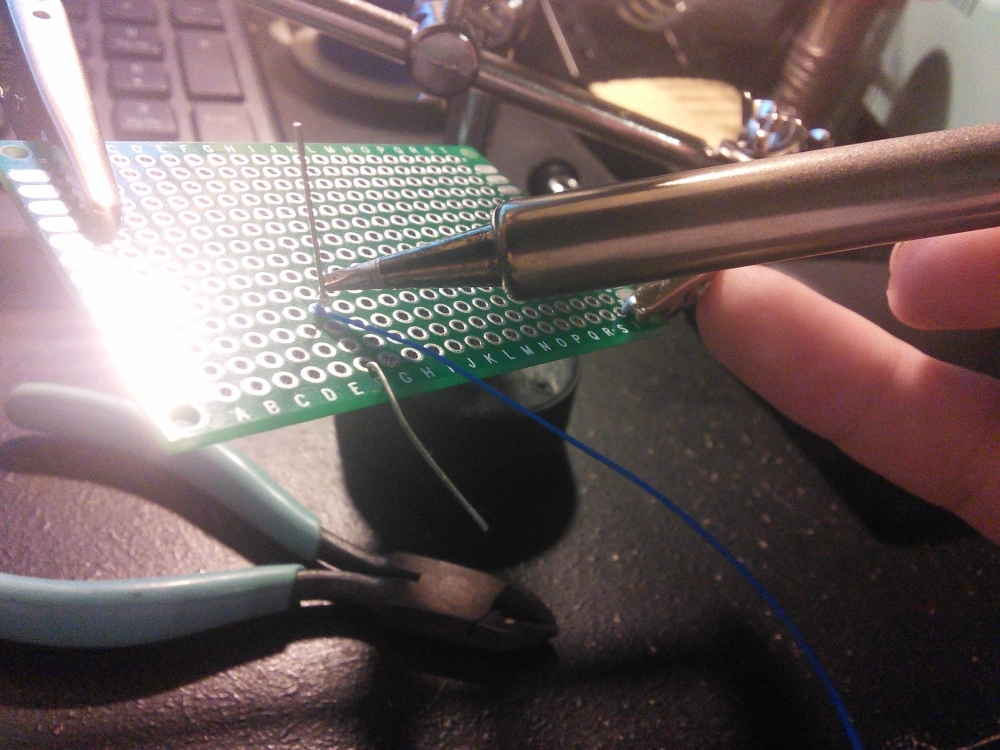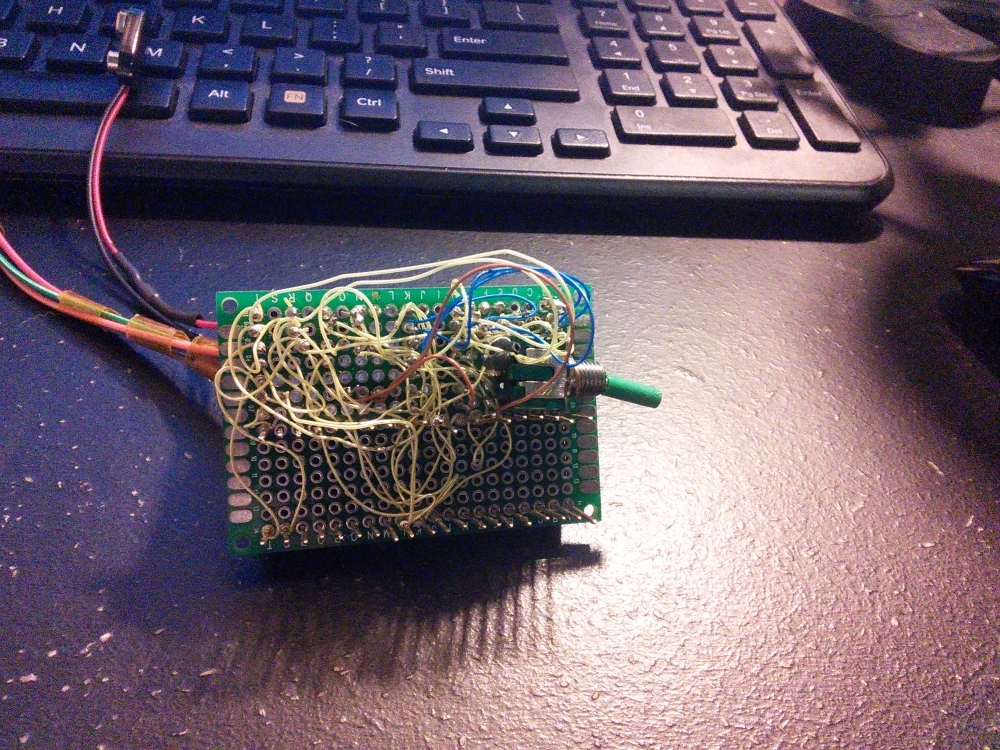Florida Tech Neural Engineering 2 Class Quick Links
Disclaimer: Much of this content was made well over a year ago for my own entertainment and was not written with this class in mind however some of the content may be useful to you. Some of it contains advertisements, I will work on removing these for you as time allows.
EMG:
Circuit Design:
-Arduino
http://www.rugged-circuits.com/10-ways-to-destroy-an-arduino/
- General Design http://www.analog.com/library/analogdialogue/archives/37-11/ecg.html
-Ideal frequency cut off points http://www.bu.edu/nmrc/files/2010/06/103.pdf
Stepper motor:
http://letsmaketech.com/index.php?controller=post&action=view&id_post=8
Music:
-Signal Generator http://letsmaketech.com/index.php?controller=post&action=view&id_post=7
-Music Box http://letsmaketech.com/index.php?controller=post&action=view&id_post=2
-Demo with EMG as a controller in Lab. I will work on making a post for it and uploading the code.
Soldering
Wire wrap: http://letsmaketech.com/index.php?controller=post&action=view&id_post=14
Mechanical pencil trick: http://letsmaketech.com/index.php?controller=post&action=view&id_post=21
Code
Buffer: http://letsmaketech.com/index.php?controller=post&action=view&id_post=24
Robot
Neural Robot: http://letsmaketech.com/index.php?controller=post&action=view&id_post=22
Simple Robot: http://letsmaketech.com/index.php?controller=post&action=view&id_post=6
